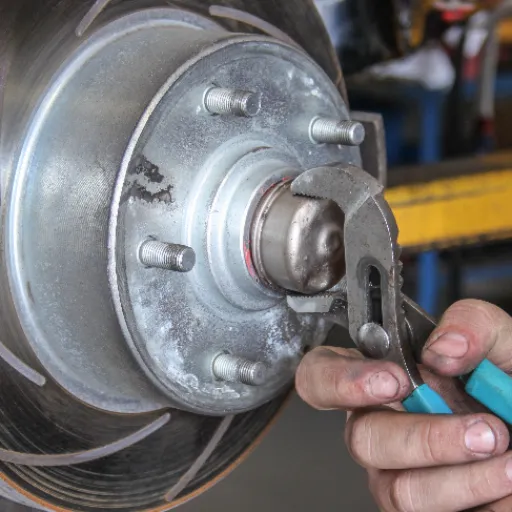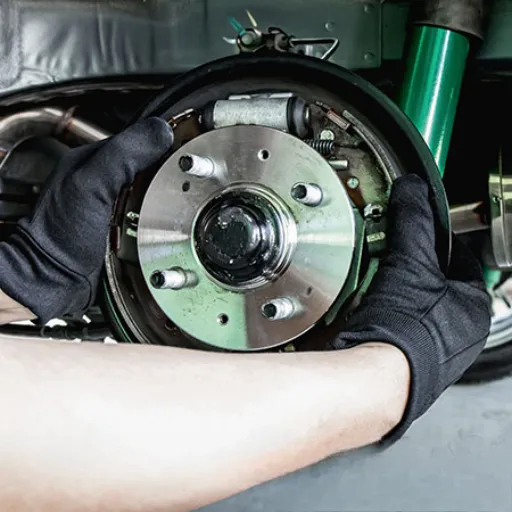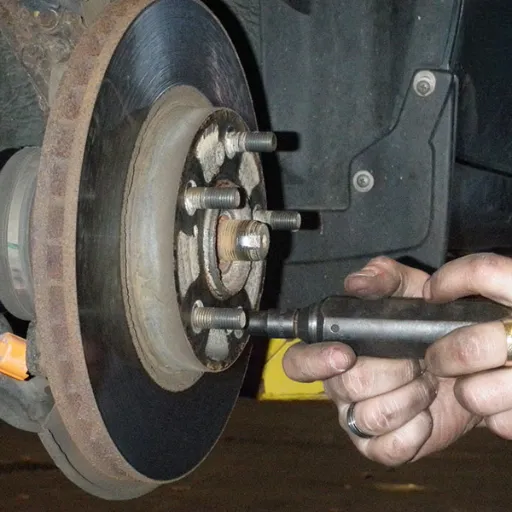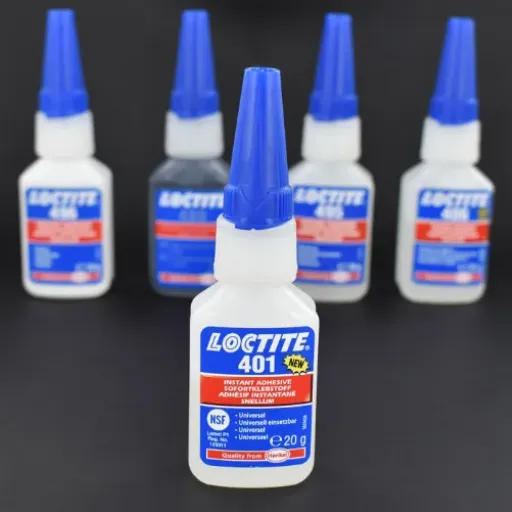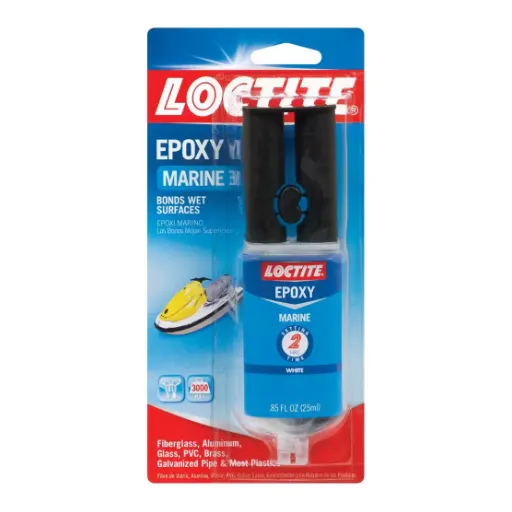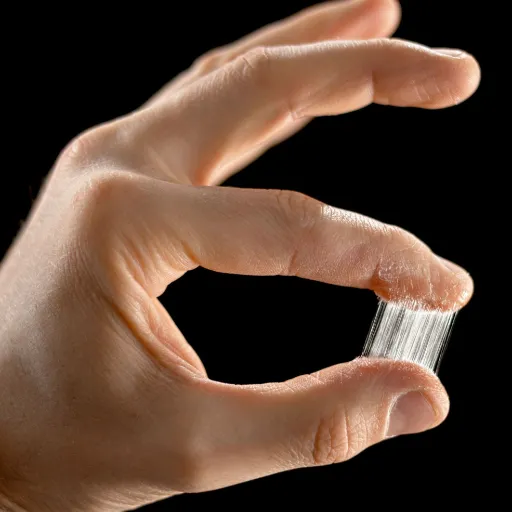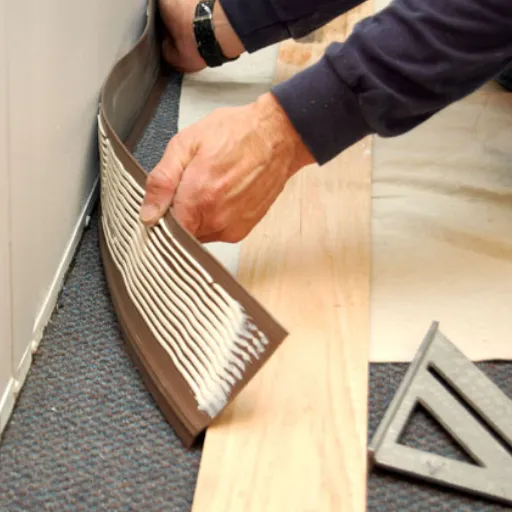3D printing intricately designed prototypes, artistic pieces, and functional components has been made possible with the use of PLA filament. However, there is a challenge of combining two or more PLA pieces together, or fixing a broken print: choosing the right glue to use. When it comes to PLA, not all gules work equally, and the wrong choice can result in weak joints and damaged components. Focusing on one goal of this guide helps understanding the best adhesives for PLA, including recommendations, techniques for applications, and even ways to solve problems that may arise. Whether you are working on a big project consisting of several pieces and need to put it all together or if you are dealing with a small break or a few breaks, this guide will give you the means to make the right choices for the best outcome.
What’s the Best Glue for PLA Parts?
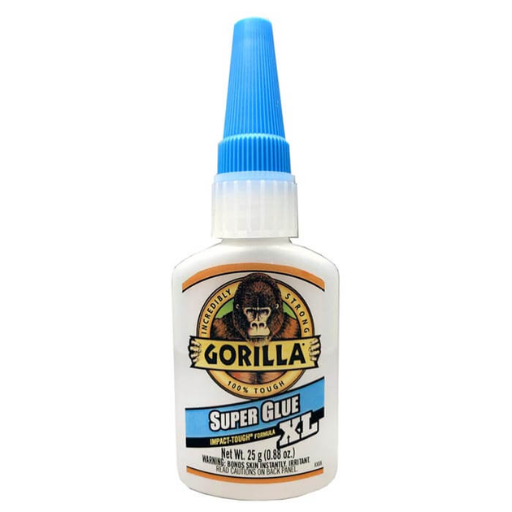
The most effective method to glue PLA is using cyanoacrylate or “super glue.” This glue is easy to apply, cures fast and provides a considerable bond making it suitable for PLA use. Another useful alternative is epoxy which is especially useful for bigger projects that need a stronger and more resilient bond than super glue can provide. Thermoplastic PLA gluing polymers would offer the best results for precise or structural interventions. Like with all adhesives, the surfaces should be as clean as possible to maximize effectiveness.
Understanding PLA and Its Properties
PLA, or Polylactic Acid, is a biopolymer made from cornstarch or sugarcane, which makes it biodegradable and eco-friendly. It is now widely used in 3D printing because it can be easily processed and printed, unlike other materials that require specific printers. The glass transition and the melting temperature of PLA are 60°C and 150°C -180°C, respectively.
One key feature that sets PLA apart is the brittle nature it possesses compared to other thermoplastics like ABS. While it is not as pliable, it provides great dimensional stability and minimizes warping during the printing process. As PLA is generally regarded, components made from it are best suited for light to moderate load applications due to gradual weakening and softening of the structure caused by heat and mechanical stress over time.
Developments made recently to PLA have added some features such as high-temperature PLA and PLA blends, which have better thermal and mechanical capabilities. This extends the functional range of PLA, making it more useful for durable functional prototypes or consumer goods. Knowing these attributes helps users in selecting the most appropriate type of PLA for a given project, thereby optimizing performance and sustainability of the project.
Top Adhesives for PLA: A Comparison
|
Adhesive Type |
Bond Strength |
Application Method |
Suitable Surfaces |
Notes |
|---|---|---|---|---|
|
Cyanoacrylate Glue |
High |
Apply small drops |
PLA to PLA, mixed parts |
Quick bond; avoid excess glue. |
|
Very High |
Mix and apply evenly |
PLA, metals, wood |
Durable, waterproof bond. |
|
|
Hot Glue |
Moderate |
Use glue gun |
PLA, porous surfaces |
Quick setup; weaker bond strength. |
|
Silicone Adhesive |
Moderate |
Apply bead or layer |
PLA, glass, ceramics |
Flexible, ideal for gaps. |
|
PVC Weld Adhesive |
High |
Brush or spray coat |
PLA, plastics |
Specialty product for plastics. |
|
Polyurethane Glue |
Very High |
Apply thin layer |
PLA, wood, metals |
Expands during curing process. |
|
UV-Cured Adhesive |
High |
Apply and UV expose |
PLA, clear surfaces |
Precise application, fast curing. |
|
Double-Sided Tape |
Low to Moderate |
Stick to surface |
PLA, smooth surfaces |
Temporary, non-permanent option. |
|
PLA-Specific Solvent |
High |
Apply directly |
PLA to PLA |
Dissolves PLA for strong bonds. |
Factors to Consider When Choosing Glue for PLA
Choosing a glue for PLA involves considering several factors to ensure that the bond is effective and long lasting. What are the most critical considerations? First, look at the type of application along with the stress levels that the bonded area will try to endure. For example, environments with high stress may require stronger adhesives like solvents designed for PLA or even industrial-grade epoxies which are much better in bonding than regular adhesives. Second, check the surface features of the PLA, like its roughness, cleanliness, and overall compatibility with potential adhesives. Smooth surfaces are bound to work better with tapes and cyanoacrylate, while rough or irregular surfaces might work better with solvent-based adhesives.
Another consideration is curing time. Projects that are time sensitive can greatly benefit from the use of cyanoacrylate because of how fast it sets, however, it might not be ideal when maximum strengeth is needed like with epoxy. Heat resistance is also crucial especially regarding objects that tend to be very hot, some adhesives fail under thermal stress while others excel. Last but not least, how permanent is the bond? Temporary solutions are better off with double sided tape whereas permanent bonds tend to benefit from durable long lasting adhesives. Taking all of these into account, it becomes much easier finding glue suited towards your PLA application.
How to Use Glue for PLA 3D Printed Part?
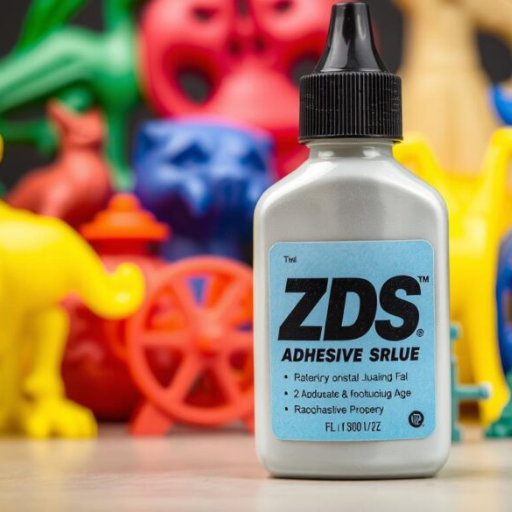
For effectively joining PLA 3D-printed parts with glue, adhere to the instructions below:
- Preparation of the surfaces: Parts surfaces require cleaning with isopropyl alcohol to ensure all dust, oil and debris is removed guaranteeing the entire surface is optimized for bonding.
- Optimal Glue Selection: Choose a glue that matches PLA materials, since it’s already well established, cyanoacrylate (super glue) works just fine. If unbreakable bonds are required later, a two part epoxy can be used.
- Application of the adhesive: Adhere to only one of the surfaces a small uniform portion of glue. Do not apply excess as it may lead to a mess.
- Binding the components: The parts must be pressed without movement with sufficient force in aligned position. Severely limit adjustment post placement as some glues set within very short periods of time.
- Superglues often bond immediately, but clarify instructions for superglue epiX curing times. With epoxies, several hours could be needed for complete curing.
Strong and PLA parts enduring bonds can be achieved with proper steps followed ensuring ease.
Preparing PLA Surfaces for Adhesion
Adequate overlap joint surface preparation greatly affects the bond strength with PLA parts. Get to work with an oil-free smooth surface that is clear of dust. To eliminate these contaminants, IPA, isopropyl alcohol of 70% or greater, is ideal as it does not damage materials.
After surface cleaning, surface roughening done via fine sandpaper ranging from 200-400 grits increases the releasability of material and thus, adhesion. Evenly roughen the sanded areas that need to be bonded but don’t overdo it or a reduction in the rigidity of the part’s structure occurs.
Another critical consideration is the surface compatibility. PLA is considered as a hydrophilic material, which means it has tendencies to absorb water. This specific attribute may counteract adhesion if the material is exposed to humid conditions. Utilizing a dehydrator or controlled heat source ensures dryness prior to applying adhesive.
Precise treating of PLA surfaces improves adhesion and thus the mechanical strength and durability of the bond, especially if the joint is subjected to repetitive load cycling or environmental changes.
Common Mistakes When Gluing PLA Pieces Together
- Neglecting Surface Preparation
Some people don’t prepare the PLA surfaces with a clean rough scrub which leads to bonding failure. Dust particles, grease, oil, and other remnants can block bonding. Bonding between layers increases when surfaces are sanded with fine sandpaper. Skipping basic surface cleans like using isopropyl alcohol to un-grease and clear the surface causes bonds not to form effectively.
- Using the Wrong Type of Adhesive
PLA designed adhesives are a must. Thermoplastic bonds are not possible with super glue and other generic glue types. Mistakenly relying on generic glues falls short since PLA requires very specific regulated glue epoxy cyanoacrylate. Superglue, epoxy resin or cyanoacrylate meant for plastics performs poorly as they do not react or chemically interact with PLA which ensures a robust bond.
- Applying Adhesive to Wet or Uneven Surfaces
Humidity greatly hinders glue bonds, especially with PLA, as it tends to absorb water. Not drying the surfaces, especially after rinsing with water or using alcohol, will reduce adhesion strength. Off-angled surfaces, jagged, or warped edges also impede proper engagement and increase the likelihood of forming weaker joints.
By following recommended procedures while avoiding these instructions, users stand to benefit from strengthening PLA assembly projects.
Can You Use Super Glue on PLA Parts?
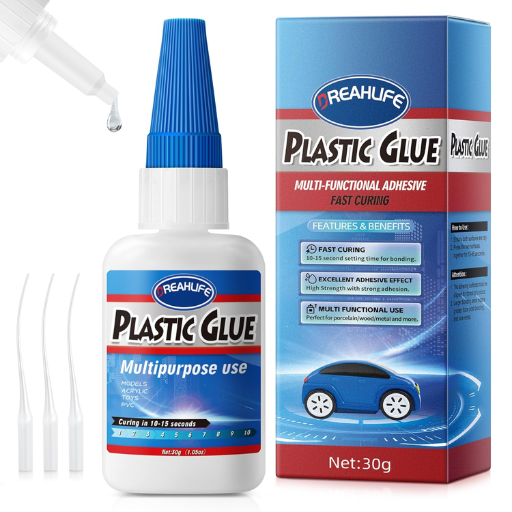
Sure, super glue works on PLA and it is arguably one of the best adhesives for plastering this material. Its quick-drying and powerful bond makes super glue an ideal candidate for affixing PLA components. As with any surface fixation, clean, dry, and microworn surfaces yield maximal results. Super glue curing protocols suggest that a thin uniform layer on the fixation surfaces, couple with firm pressure for a few seconds suffices forming strong bonds.
Benefits of Using Super Glue for PLA
- Strong Bonding Strength
Super glue, or cyanoacrylate adhesive, works remarkably well with PLA parts in terms of bonding strength. It can form bonds strong enough to withstand stress because of super glues specific structural chemistry. Studies show that PLA components that are glued with super glue can endure stress over time without failing.
- Fast Curing Time
One of the frozen advantages of super glue is that it cures very quickly. For PLA, super glue gels within the range of 10 to 30 seconds. This is faster than the drying time of the glue itself. This characteristic is very beneficial when implementing 3D printed parts as it enhances the speed of prototyping and montage.
- Ease of Application
The guillotine-type bottles make the use of super glue very easy and precise. These nozzles allow for very point-for-point application on the PLA details which prevents tissue damage by excess glue ensuring adhesion and joining while remaining clean and targeted changes.
- Compatibility with PLA Surface Properties
The micro-grooves and irregularities on the surface of PLA make it ideal for super glue adhesion. Due to super glue’s liquid form, it can penetrate PLA’s micro-grooves enhancing bond strength. This ensures super glue works reliably on all types and finishes of PLA, whether matte, glossy or textured.
In this manner, super glue offers PLA-based projects a dependable and effective bonding solution while meeting functional and practical criteria across diverse areas of use.
How to Achieve a Strong Bond with Super Glue
To obtain the desired strength and durability of a bond that relies on superglue on PLA, the following steps must be these actions taken in strict sequence:
- Prepare the Surface
Super Glue on PLA requires a clean surface. Cleansing faces requires removal of grease, oil, debris, or particulates. Superglue bonds work best when surfaces are devoid of contaminants. For this cleaning step, isopropyl alcohol or warm soapy water will serve this purpose, provided the surfaces are dried post cleansing.
- Sand the Contact Points
Using fine sandpaper (220-400 grit), the bonding surfaces should be lightly scratched out to a unique micrometric scratch pattern so that the area of contact adhesive increases. It is critical that this is performed on smooth or glossy PLA.
- Apply the Super Glue in Controlled Amounts
Even and thin layers of cyanoacrylate (super glue) should be applied to any one of the areas that have already been prepared. Excess application should be avoided as it may lead to longer curing times and a potential weakening in the bond.
- Position and Hold the Pieces Firmly
Align the components accurately and unite them while applying steady, even pressure. Maintaining this hold for 30 seconds to a minute enables the glue to establish an initial bond. For complex or larger assemblies, maintaining pressure can be accomplished with clamps or weights.
- Allow Adequate Curing Time
Super glue generally sets within minutes however the bond must be left to cure for 24 hours to reach optimal strength. Lower humidity or cooler temperatures can extend the curing time.
- Optional Enhancements with Activators
Where applications require instant adhesion, a cyanoacrylate accelerator or activator can be used. These products are particularly helpful when dealing with intricate or precise builds as they promote instant curing.
Super glue remains an essential tool during PLA-based fabrication projects when integrated into different applications, as following the comprehensive techniques highlighted above guarantee durable and dependable bonds.
What are the Best Techniques for Gluing PLA Parts Together?
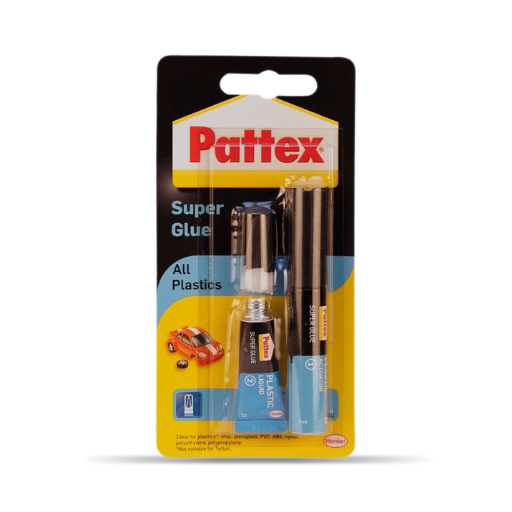
- Surface Preparation
Thoroughly scrub the bonding surfaces to ensure they are devoid of debris, grease, oils, or any dust. Gently rubbing the surface with fine sandpaper increases the bond by providing more surface profile.
- Adhesive Selection
For parts made of PLA, cyanoacrylate (super glue) is recommended due to its strong bond and fast curing time. For bigger or load bearing parts, two part epoxies will have better durability.
- Application Method
When super glue is the chosen adhesive, apply moderate and uniform pressure to both surfaces after applying it to one of them. For epoxy, follow the manufacturer’s mixing and curing directions for best outcomes.
- Clamping
While the glue is setting, use clamps or apply constant force to the components to hold them together. This provides better stability and strengthens the bond formed.
The techniques described will enhance the precision and strength applied when gluing parts which will ensure they work reliably in many different situations.
Using Epoxy vs. Super Glue for PLA
|
Criteria |
Epoxy |
Super Glue (Cyanoacrylate) |
|---|---|---|
|
Bond Strength |
High, suitable for heavy-duty use |
Moderate, best for lightweight parts |
|
Curing Time |
Hours to fully cure |
Seconds to a few minutes |
|
Flexibility |
Provides a slightly flexible bond |
Creates a rigid, brittle bond |
|
Gap-Filling Ability |
Excellent, fills large gaps effectively |
Poor, requires tighter fits |
|
Adhesion Compatibility |
Works well with various materials |
Best for smaller, clean PLA surfaces |
|
Water Resistance |
Excellent, highly water-resistant |
Moderate, less durable when exposed |
|
Ease of Application |
Requires careful mixing and application |
Simple and quick to apply |
|
Durability |
Highly durable under stress |
Less durable under high stress |
|
Surface Preparation |
Requires cleaning for best results |
Less critical, sticks to smooth PLA |
|
Cost |
Generally higher cost |
Relatively low-cost option |
Using Solvent-Based Glues for PLA
Solvent-based adhesives work on PLA by softening the surface layer, effectively gluing sections together in a molecular fashion. This method generates highly durable bonds resistant to significant mechanical and environmental forces. One of the main benefits is the bond’s ability to resist breaking apart, It withstands considerable stress, including high temperatures, water exposure, and long-term environmental stability. This helps protect precision instruments such as electronics in aviation and marine environments.
Not all is good with solvent glues, there are some challenges, or difficulties and problems too. The solvent-based application technique is more efficient when care is taken to avoid over-application, especially in mixing two parts together, as this can negatively affect the bond being formed. Strong odors and lack of effective ventilation are common with solvent-based glue due to their chemical make-up. Lastly, they are most often more pricey than multi-purpose adhesives. They are best saved for situations where effectiveness is essential and cost doesn’t matter. For best results, the area that will be glued should be cleaned and lightly sanded first.
Can You Use Acrylic Cement on PLA?
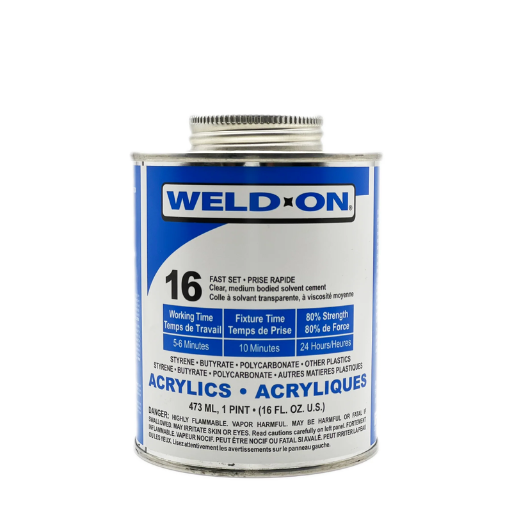
Acrylic cement works on PLA, but only to a limited extent. Different kinds of plastics cannot be compatibly joined. PLA being a different kind of plastic means that it may not work efficiently with acrylic cement’s PLA solventand could result in weaker bonds. Stronger bonds can be attained by using blast cyanoacrylate glue also referred to as super-glue or epoxy. These adhesives are known to be better and even more dependable for PLA.
Understanding Acrylic Cement and Its Benefits
Acrylic cements, especially those designed for polymethyl methacrylate (PMMA), possess exceptional qualities. Its merits include chemical welding where the surface of acrylic is partly dissolved due to a solvent and when the solvent disappears, a fused joint is created PMMA. Below are the applications and benefits of acrylic cement:
- Strong and Seamless Bonds
The seams created by acrylic cement are very tough and last long because of the chemical process that was used. This type of bonding offers numerous advantages over mechanical fasteners because of the lack of visible gaps/irregularities which is sought for exact professional applications.
- Rapid Curing Process
Compared to other adhesives, acrylic cement is forgiving in terms of curing time, making for quicker assembly. Bonding is achieved in as little as a few minutes and is fully cured between 24 to 48 hours. Skinning over occurs within a few minutes which depends on material equals and environmental factors.
- High Optical Clarity
Acrylic sement offers unique advantages in visually important areas such as display panels, aquariums, or art pieces because it joins them seamlessly and remains invisible.
- Ease of Use
The application of acrylic cement is simple as it only needs a syringe or applicator bottle for accurate delivery of the solvent into the joint. This precision-controlled method reduces overspill, project cleanliness, and overall waste.
Knowing the specific attributes of acrylic cement along with possible uses helps users work to their advantage. Many sophisticated tasks involving acrylics are done easily with the cement due to strong chemical bonds formed and its exceptional transparency
How to Use Acrylic Cement for PLA 3D Printed Parts
Using acrylic cement on 3D printed PLA parts requires specific procedures for application and prep work to attain optimal adhesion and integrity within the piece. Start by making certain the surfaces to be joined are as squeaky clean as possible and dry, without any traces of dust, oil or grease. Lightly sand the mating edges with fine grain paper to PLA to roughen the surface. This becomes helpful for increasing the area which is available for bonding.
For acrylic cement, application accuracy is key. Deliver the Acrylic cement along the joints line with a syringe or any fine tip applicator. While applying the cement ensure that it adequately wets the surfaces but do not apply too much as excess cement will lead to drips, weeps and aesthetic problems. Tight seams are filled thoroughly and automatically due to capillary action.
While the PLA is being glued, its strength will hinge on the thermal structure of the material. The bond strength will be PLA’s heat resistance, lower than many materials used for 3D printing so relies primarily on how consistent the application and cure process is. For joint’s full cure, 24 hours of undisturbed setting time is required, preferably in stable humidity and temperature. This will strengthen and max out the durability for structural uses.
You can bond PLA 3D printed parts with acrylic cement and create strong, seamless connections using the methods listed below.
Reference Sources
-
Study on Polylactide Paper Adhesives: Chloroform was identified as the most effective solvent for PLA.
Additives influenced drying time and adhesive strength. For instance, corn flour increased drying time but reduced adhesive strength. -
Biocomposite PLA and HDPE Filaments with Cardboard Dust: Adding cardboard dust reduced tensile properties but improved compression strength in PLA filaments. The biocomposite filaments showed increased porosity and reduced density.
-
Synthesis of Glues Using Banana Peel and Kaki: Citric acid-based glues were effective for paper, while sulfuric acid-based glues worked better for carton materials. The glues formed strong covalent bonds with substrates, influenced by the type of acid catalyst and substrate porosity.
Frequently Asked Questions (FAQs)
Q: What is the best glue for PLA 3D printed parts?
A: The best glue for PLA is often considered to be cyanoacrylate (CA) glue, such as Loctite Ultra Gel or Loctite 401, as it sets quickly and creates a strong bond.
Q: Can I use Gorilla Glue to glue PLA together?
A: Yes, you can use Gorilla Glue to glue PLA together, but it expands as it dries, which may not be ideal for all projects. For better results, consider using it in a well-ventilated area as it can produce fumes.
Q: Is it possible to use acetone on PLA?
A: No, acetone does not work on PLA as it does with other plastics like ABS. PLA is not soluble in acetone, so using acetone for gluing PLA parts together will not be effective.
Q: How do I apply the glue to ensure a strong glue joint?
A: To ensure a strong glue joint, clean both surfaces, apply the glue evenly, and press the parts together firmly. For best results, use an accelerant to set the glue almost instantly.
Q: What is solvent welding, and can it be used on PLA?
A: Solvent welding involves using a solvent, like methylene chloride or Weld-On 16, to actually melt the surfaces of the plastics together. This method can create a good bond but is not typically used for PLA.
Q: Can I glue PLA to PETG?
A: Yes, you can glue PLA to PETG, but it’s important to use a suitable adhesive. CA glue or specially formulated adhesives for plastics may work well for gluing these materials together.
Q: What are some tips and techniques for gluing PLA parts?
A: Some effective tips include ensuring surfaces are clean, using a small amount of baking powder to accelerate CA glue, and allowing the glue to set in a well-ventilated area to avoid fume exposure.
Q: How long does it take for CA glue to set on PLA?
A: CA glue typically sets quickly on PLA, usually within 15-30 seconds, but full curing may take longer depending on the adhesive used.
Q: What should I do if there is a gap left after gluing my PLA parts?
A: If there is a gap left after gluing, you can use gel control CA glue or apply a filler material like baking powder to fill the gap and create a stronger bond.







